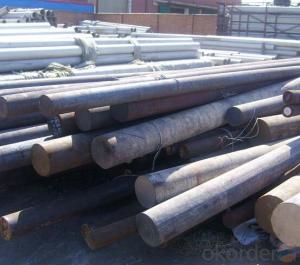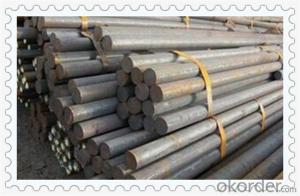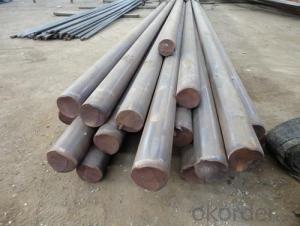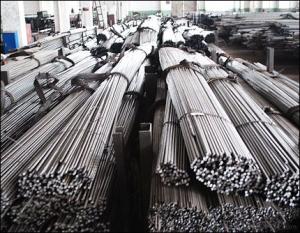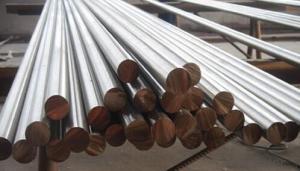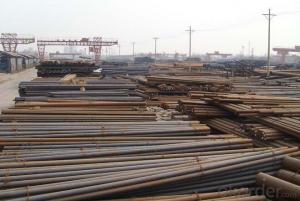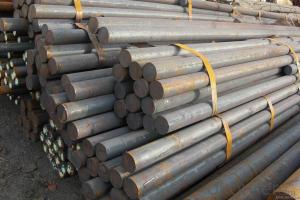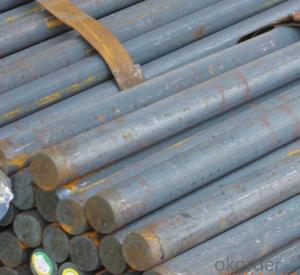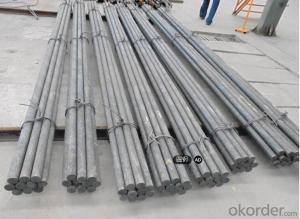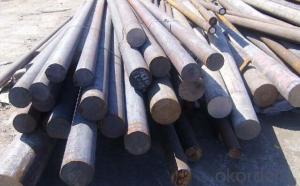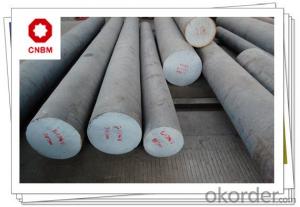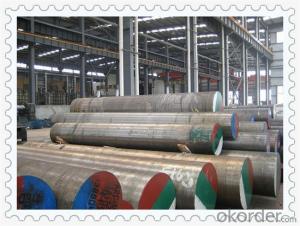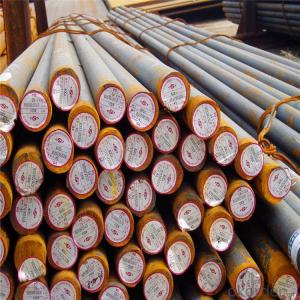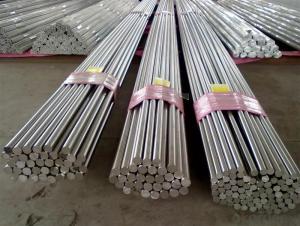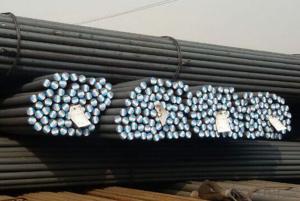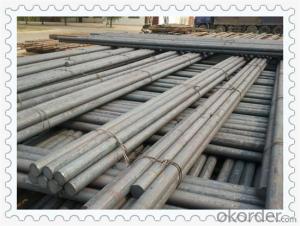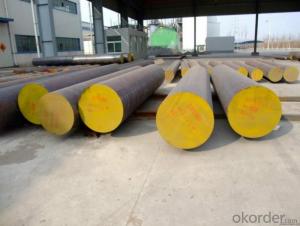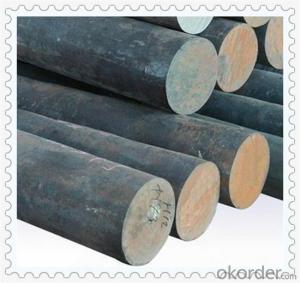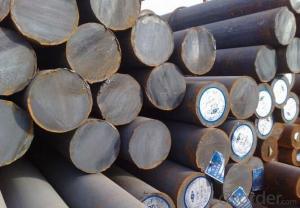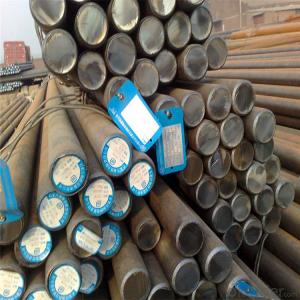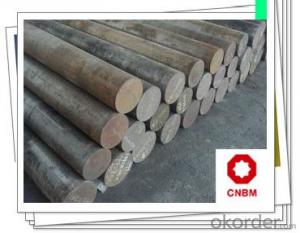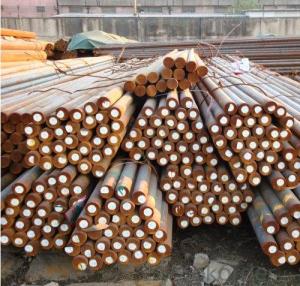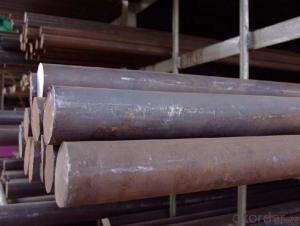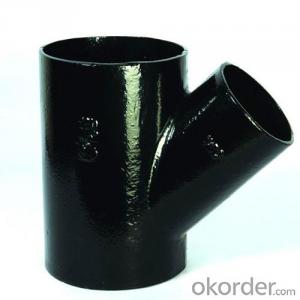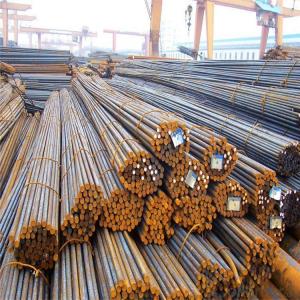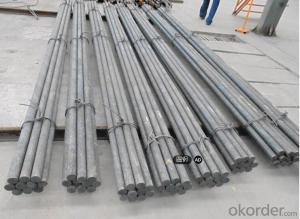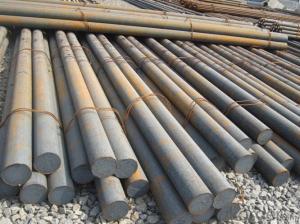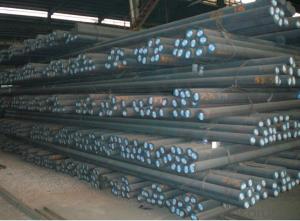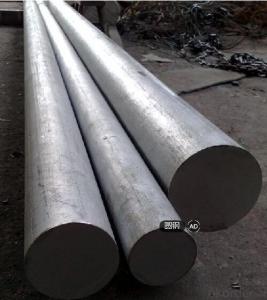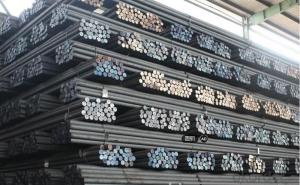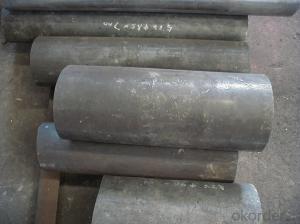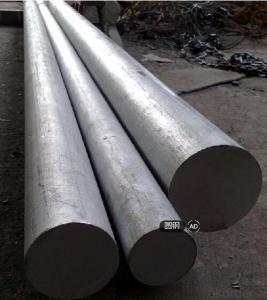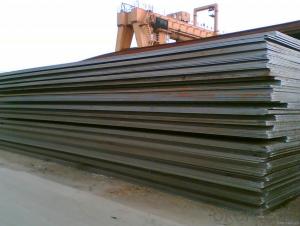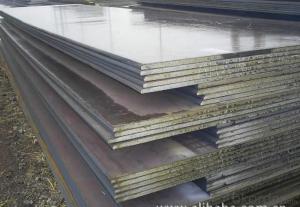Aisi 1045 Carbon Steel
Aisi 1045 Carbon Steel Related Searches
455 Stainless Steel Aisi 304 Stainless Steel Stainless Steel 1911 45 Carbon Steel 20G 310 Stainless Steel A4 Stainless Steel 1018 Cold Rolled Steel 15 5 Stainless Steel X50crmov15 Stainless Steel 360 Stainless Steel 410 Stainless Steel 347 Stainless Steel 18 10 Stainless Steel Ar 15 Stainless Steel 904l Stainless Steel Aisi 1020 Plate 18/10 Stainless Steel 430 Stainless Steel Stainless Steel 18 10 Stainless Steel 430 High Speed Steel 1810 Stainless Steel Ahimsa Stainless Steel 403 Stainless Steel 305 Stainless Steel Density Stainless Steel 10mm Thick Aluminum Plate 10mm Aluminum Plate Material Stainless Steel 309 Stainless SteelAisi 1045 Carbon Steel Supplier & Manufacturer from China
Aisi 1045 Carbon Steel is a type of steel that is known for its excellent mechanical properties and is widely used in various industries. This specific grade of carbon steel is characterized by its high strength and durability, making it an ideal choice for a range of applications. It is commonly utilized in the manufacturing of various components, such as gears, shafts, and other mechanical parts that require high strength and wear resistance. Due to its versatility, Aisi 1045 Carbon Steel is a popular choice among engineers and designers for numerous projects.This product is highly sought after in industries such as automotive, aerospace, and construction, where its robustness and reliability are critical. Aisi 1045 Carbon Steel can be found in various forms, including bars, plates, and sheets, allowing for a wide range of applications and customization options. Its ability to withstand high levels of stress and its resistance to deformation make it a preferred material for heavy-duty machinery and equipment.
Okorder.com is a reputable wholesale supplier of Aisi 1045 Carbon Steel, offering a vast inventory of this high-quality material. With a commitment to providing top-notch products and exceptional customer service, Okorder.com has established itself as a trusted source for Aisi 1045 Carbon Steel. Their extensive inventory ensures that customers can find the specific grade and size of steel they require, making it a one-stop-shop for all their carbon steel needs.
Hot Products

